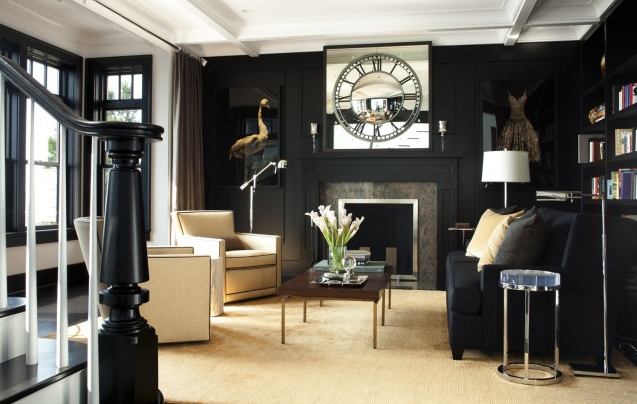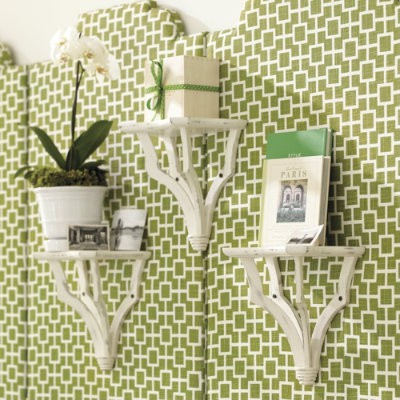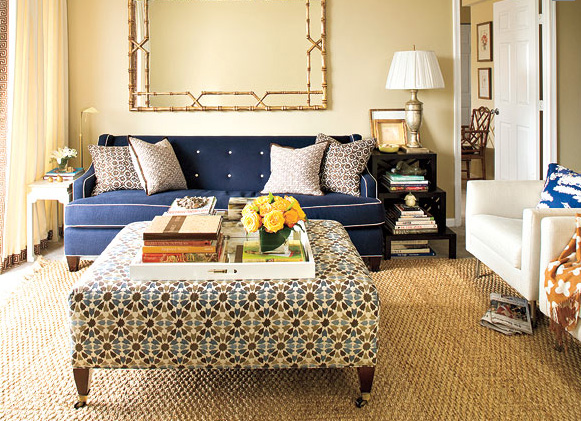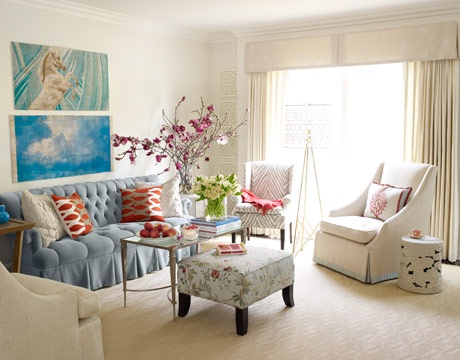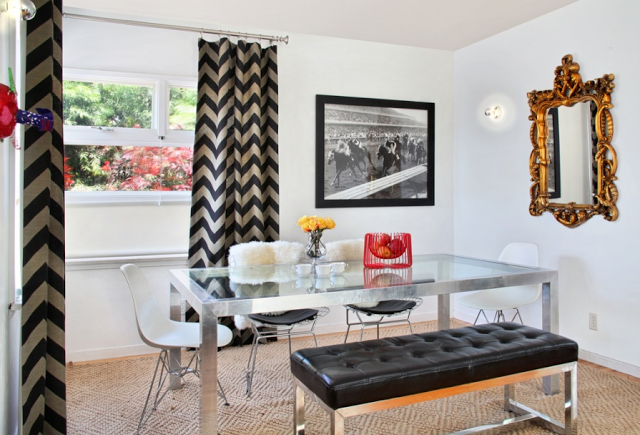Last week, we promised you a post on how to finally (and properly) paint the interior walls of your home. So winter is almost over, spring is coming fast, and you’re realizing now just how gloomy that paint job in the guest bedroom really is. It’s time to brighten things up! Before you start, here are some important painting do’s and don’ts. 
1. Make it fun! Before all else, figure out how to help yourself enjoy what promises to be a long day of frustration and paint fumes. Play your favorite music to keep you alert and awake. If you allow yourself to get bored, you might start making mistakes.
2. Pick a color. Everyone who has ever painted anything will probably agree that this can be the most frustrating part of the task. Remember: while you can always paint over a regretful shade, you will NOT want to. So make sure to put plenty of thought into this decision. Spend some time mulling over your options. Ask your friends and family for their opinions. It's during this step that you'll want to consider whether to use primer as well. If you're painting over a darker color, it's best to use one. If not, then it's up to you. Then go forth in faith, my friend, and hope for the best. If you need a little help on this step, check out last week's post about choosing paint colors.
3. Clean the walls. Don’t worry; you won’t need to go Cinderella on them. Just some dusting and wiping with a cloth or maybe a Magic Eraser will do the trick. Just avoid painting over any dirt and grime. You might want to think about giving the walls a light sanding during this step as well. Though it's not mandatory, professional painters suggest doing so to help the paint stick better.
4. Check for any existing nail punctures or other holes, and patch the ones you don’t plan to reuse with a lightweight spackle.
5. Tape it up. Grab your blue painter’s tape (not masking tape unless you want to leave behind a gunky residue) and outline your walls. Cover your baseboards, crown molding, door trim, window trim, etc. Use your tape to border anything you don’t want the paint to touch.
6. Remove the outlet covers and light-switch plates. If you have young children, mask them up with tape (the outlet covers, not the kids…) and reinstall them. This way your little ones won’t get hurt, and you won’t get paint on the covers.
7. Protect your floors in case of dripping paint. We say “in case,” but you’ll find that it’s pretty impossible to avoid dripping paint onto the floor. So make sure to complete this step. You can use old bed sheets or anything else you don’t mind getting splattered. However, a plastic tarp or painter’s drop cloth would be most efficient in protecting your floors.
8. Gather up all of your tools and materials. It's best to take the time to prepare now so you don't have to break your momentum to go grab odds and ends you might have forgotten. In addition to your paint and application tools, remember that you’ll need a sturdy stepstool unless you’re able to reach heights of at least 8 feet comfortably for an extended period of time.
9. Stir and mix your paints as needed. If you need more than one can of paint, to complete your job, you might want to consider pouring all of your paint into one 5-gallon bucket. This will keep you from possibly discovering slight differences in color when you finish with one can and switch to the next. If you don't use all of the paint, you can simply pour them back into their original cans. Remember to keep those for future touch-ups!
10. Start painting! We've found that the fastest and easiest thing to do is to start by cutting in. This is the step where you'll want to be most careful with your paint application, and doing it in the beginning means you'll still have energy and motivation. Cut in at the edges and corners of your wall with a 2 ½ or 3-inch-wide brush. Proceed with caution, as this is the task during which you’re most likely to get paint on things that you’d rather not have paint on. If you’re successful in your endeavors, you’ll be home-free when it’s time to use that roller brush. The number of coats needed will depend on your new shade and the shade you’re painting over.
As long as you take the time to prepare and plan out your steps, your painting endeavor should be hitch-free. And don’t forget to politely bombard your local hardware store employees with any questions you have. In this situation, it’s better to be sure about things than to simply wing it. Have fun!








